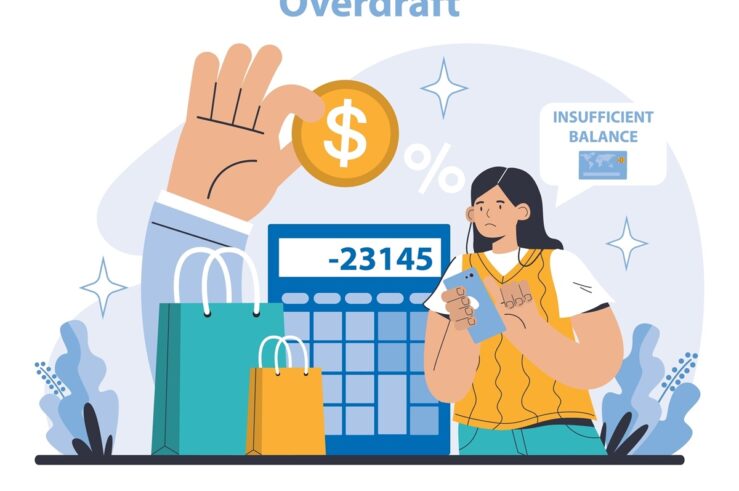With the COVID-19 vaccine made by Moderna joining the one from Pfizer and BioNTech in gaining approval from the U.S. Food and Drug Administration, it should be time to celebrate the U.S. system of pharmaceutical development. The system’s incentives—notably granting patent rights to firms that invest in new and novel discoveries—have worked to an astonishing degree, producing not just one but as many as three or four effective approaches to end a viral pandemic that, just a year ago, was completely unknown.
Alas, it appears not all observers agree. Now that we have the vaccines, some advocate suspending or limiting patent rights—for example, by imposing a compulsory licensing scheme—with the argument that this is the only way for the vaccines to be produced in mass quantities worldwide. Some critics even assert that abolishing or diminishing property rights in pharmaceuticals is needed to end the pandemic.
In truth, we can effectively and efficiently distribute the vaccines while still maintaining the integrity of our patent system.
What the false framing ignores are the important commercialization and distribution functions that patents provide, as well as the deep, long-term incentives the patent system provides to create medical innovations and develop a robust pharmaceutical supply chain. Unless we are sure this is the last pandemic we will ever face, repealing intellectual property rights now would be a catastrophic mistake.
The supply chains necessary to adequately scale drug production are incredibly complex, and do not appear overnight. The coordination and technical expertise needed to support worldwide distribution of medicines depends on an ongoing pipeline of a wide variety of pharmaceuticals to keep the entire operation viable. Public-spirited officials may in some cases be able to piece together facilities sufficient to produce and distribute a single medicine in the short term, but over the long term, global health depends on profit motives to guarantee the commercialization pipeline remains healthy.
But the real challenge is in maintaining proper incentives to develop new drugs. It has long been understood that information goods like intellectual property will be undersupplied without sufficient legal protections. Innovators and those that commercialize innovations—like researchers and pharmaceutical companies—have less incentive to discover and market new medicines as the likelihood that they will be able to realize a return for their efforts diminishes. Without those returns, it’s far less certain the COVID vaccines would have been produced so quickly, or at all. The same holds for the vaccines we will need for the next crisis or badly needed treatments for other deadly diseases.
Patents are not the only way to structure incentives, as can be seen with the current vaccines. Pharmaceutical companies also took financial incentives from various governments in the form of direct payment or in purchase guarantees. But this enhances, rather than diminishes, the larger argument. There needs to be adequate returns for those who engage in large, risky undertakings like creating a new drug.
Some critics would prefer to limit pharmaceutical companies’ returns solely to those early government investments, but there are problems with this approach. It is difficult for governments to know beforehand what level of profit is needed to properly incentivize firms to engage in producing these innovations. To the extent that direct government investment is useful, it often will be as an additional inducement that encourages new entry by multiple firms who might each pursue different technologies.
Thus, in the case of coronavirus vaccines, government subsidies may have enticed more competitors to enter more quickly, or not to drop out as quickly, in hopes that they would still realize a profit, notwithstanding the risks. Where there might have been only one or two vaccines produced in the United States, it appears likely we will see as many as four.
But there will always be necessary trade-offs. Governments cannot know how to set proper incentives to encourage development of every possible medicine for every possible condition by every possible producer. Not only do we not know which diseases and which firms to prioritize, but we have no idea how to determine which treatment approaches to encourage.
The COVID-19 vaccines provide a clear illustration of this problem. We have seen development of both traditional vaccines and experimental mRNA treatments to combat the virus. Thankfully, both have shown positive results, but there was no way to know that in March. In this perennial state of ignorance,t markets generally have provided the best—though still imperfect—way to make decisions.
The patent system’s critics sometimes claim that prizes would offer a better way to encourage discovery. But if we relied solely on government-directed prizes, we might never have had the needed research into the technology that underlies mRNA. As one recent report put it, “before messenger RNA was a multibillion-dollar idea, it was a scientific backwater.” Simply put, without patent rights as the backstop to purely academic or government-led innovation and commercialization, it is far less likely that we would have seen successful COVID vaccines developed as quickly.
It is difficult for governments to be prepared for the unknown. Abolishing or diminishing pharmaceutical patents would leave us even less prepared for the next medical crisis. That would only add to the lasting damage that the COVID-19 pandemic has already wrought on the world.





